Circuit Description
The aftertreatment temperature sensors are used by the engine control module (ECM) to monitor the engine exhaust temperatures in the aftertreatment system. The aftertreatment temperature sensors are thermistors and change resistance based on the temperature being measured. The ECM provides a 5 volt reference voltage to the sensor. The ECM monitors the change in signal voltage and converts this to a temperature value.
When the exhaust temperature is low, the sensor or thermistor resistance is high. The ECM signal voltage only pulls down a small amount through the sensor to ground. Therefore, the ECM senses a high signal voltage or a low temperature. When the exhaust gas temperature is high, the sensor resistance is low. The signal voltage pulls down a large amount. Therefore, the ECM senses a low signal voltage, or a high temperature.
Component Location
The aftertreatment DPF outlet temperature sensor is located in the aftertreatment system. Refer to the original equipment manufacturer (OEM) service manual.
Conditions for Running the Diagnostics
This diagnostic runs continuously when the engine is operating and active regeneration of the aftertreatment DPF is not occurring.
Conditions for Setting the Fault Codes
The aftertreatment DPF intake temperature sensor reading exceeds 687?C [1269?F] for 90 seconds, or the difference between the DPF intake temperature and the diesel particulate filter outlet temperature was greater than 300?C [572?F] for 90 seconds.
Action Taken When the Fault Code is Active
The ECM illuminates the red STOP ENGINE lamp immediately after the diagnostic runs and fails.
Active and stationary regeneration of the DPF will be disabled.
Conditions for Clearing the Fault Code
To validate the repair using a Diagnostic Road Test, utilize a route that incorporates both stop-and-go city driving and steady state highway driving. It may be necessary to load the unit for certain diagnostics in the ECM to run.
To validate the repair using a Chassis Dynamometer Test, utilize a routine that incorporates acceleration and motoring events, steady state highway operation, and load. This will simulate normal driving and allow the diagnostics in the ECM to run.
The fault code status displayed by INSITE? electronic service tool will change to INACTIVE immediately after the diagnostic runs and passes.
The ECM will turn off the red STOP ENGINE lamp after the diagnostic runs and passes.
The ?Reset All Faults? command in INSITE? electronic service tool can be used to clear active and inactive faults.
Shop Talk
This fault will go inactive immediately after the aftertreatment temperatures drop below the warning limit, and will likely be inactive when the vehicle is in the shop. For these reasons, this troubleshooting tree must be used for both active and inactive fault codes.
Possible causes of this fault code include:
Excessive engine oil or diesel fuel introduced into the exhaust system from the engine
A damaged engine fuel injector caused unburned diesel fuel to enter the exhaust system
The aftertreatment DPF outlet temperature sensor malfunctioned in-range
A face plugged aftertreatment diesel oxidation catalyst (DOC)
An in-range engine sensor malfunction has occurred, causing excessive fuel to enter the exhaust system
Engine brake malfunctioned.
Reference the appropriate OEM wiring diagram when troubleshooting circuits that utilize wiring supplied by the OEM.
For intermittent power supply and data link communication issues with aftertreatment components, it is highly recommended that the OEM power distribution center fuses and relays be thoroughly checked for loose, missing, or intermittent connections.
Possible Cause:
1) ECM calibration


 AGCO
AGCO ALLISON
ALLISON BENDIX
BENDIX BOBCAT
BOBCAT CAT
CAT CLAAS
CLAAS CNH
CNH DAF
DAF DETROIT
DETROIT EATON
EATON FREIGHTLINER
FREIGHTLINER HINO
HINO HITACHI
HITACHI ISUZU
ISUZU JCB
JCB JOHN DEERE
JOHN DEERE JPRO
JPRO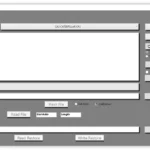 MAGIC TUNER
MAGIC TUNER MAN
MAN Navistar
Navistar PACCAR
PACCAR PERKINS
PERKINS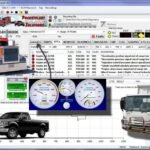 PF DIAGNOSE
PF DIAGNOSE PSI POWERLINK
PSI POWERLINK RENAULT
RENAULT SCANIA
SCANIA THERMO KING
THERMO KING UD NISSAN
UD NISSAN VOLVO
VOLVO WABCO
WABCO ZF TESTMAN
ZF TESTMAN
 BELL
BELL BENDIX
BENDIX BOBCAT
BOBCAT CARRIE
CARRIE DAF
DAF DETROIT
DETROIT EATON
EATON FUSO
FUSO MACK
MACK
 Cumminz
Cumminz ISB4.5 CM2150
ISB4.5 CM2150 All Engines (2017 Emissions)
All Engines (2017 Emissions) PACCAR
PACCAR

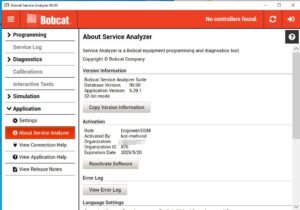


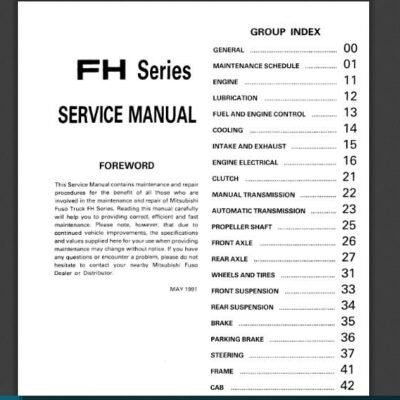




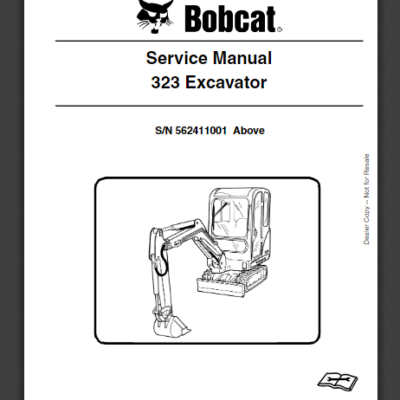

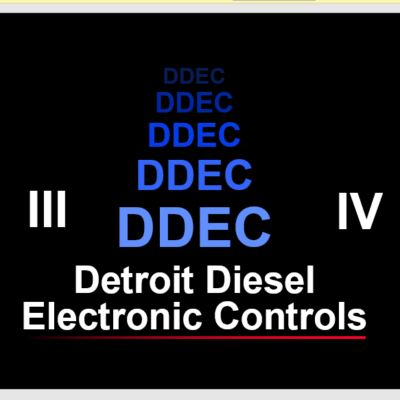
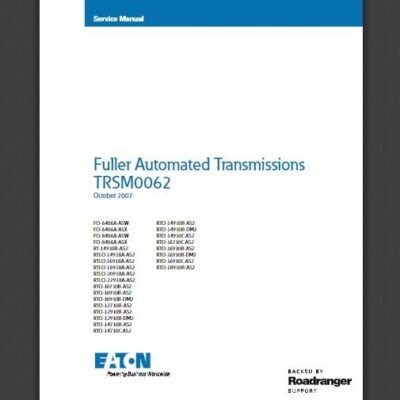
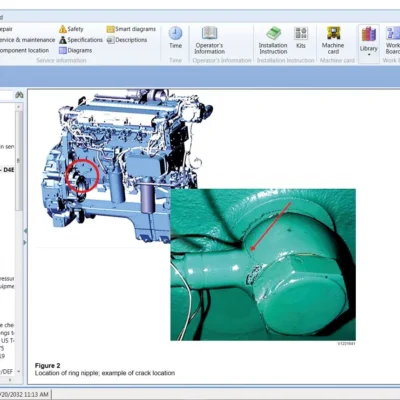
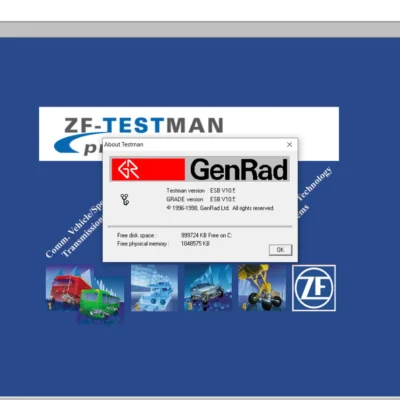
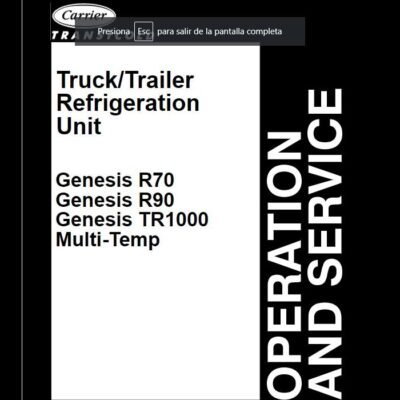
Reviews
Clear filtersThere are no reviews yet.